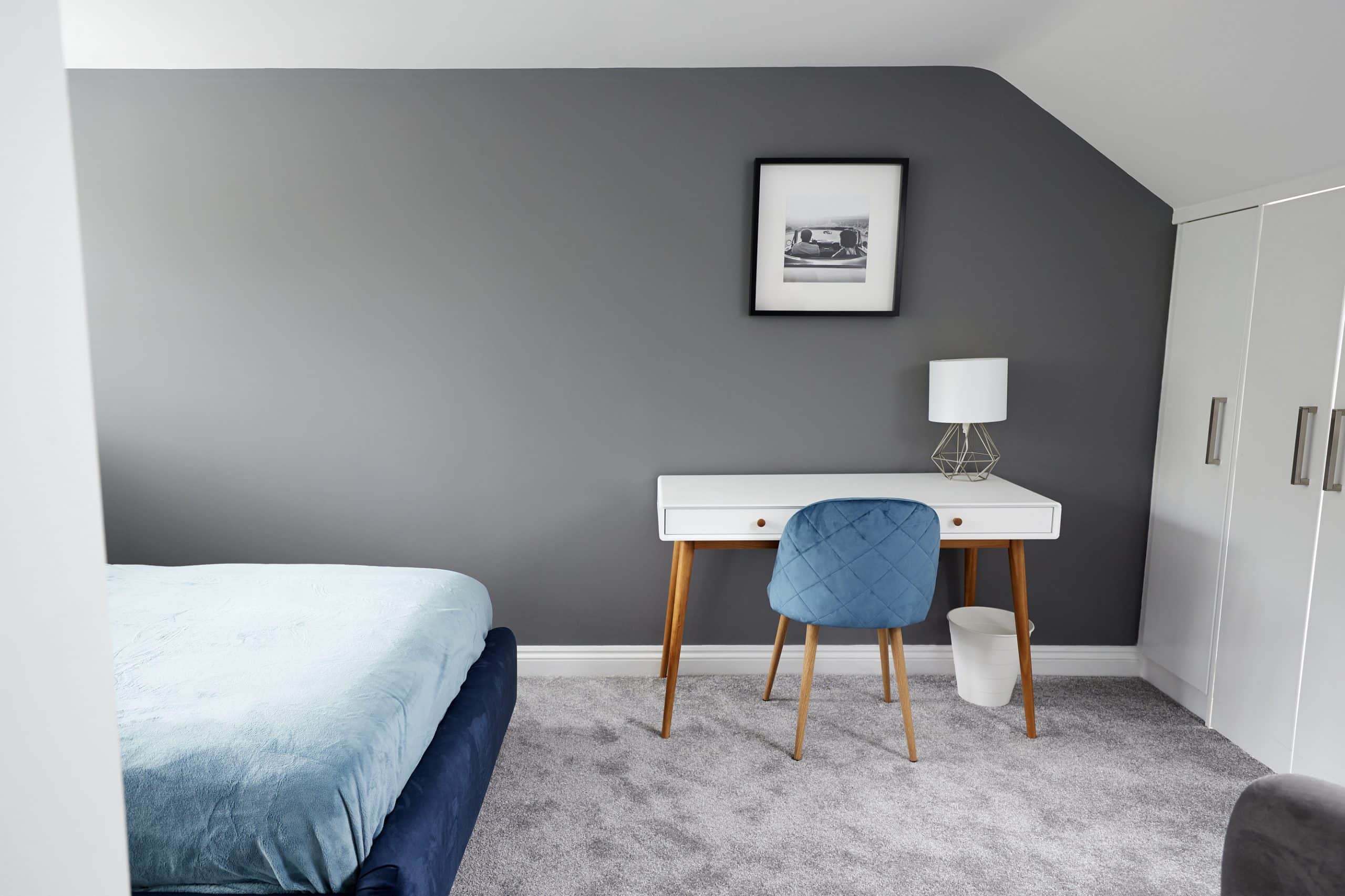In the evolving urban landscape, one trend that has become more prevalent is the conversion of commercial properties into residential spaces. As cities grow and change, the demand for affordable housing often outweighs the need for additional office or commercial spaces. Converting these edifices is not as simple as flipping a switch though. There are significant legal and regulatory hurdles to overcome. The process isn’t just about changing the physical attributes of the property. It involves navigating a web of zoning laws, building regulations, and financial challenges. Let’s take a closer look at these complexities.
Understanding Zoning Regulations
Understanding zoning regulations is the first critical step in converting commercial properties into residential units. Zoning laws dictate how a specific parcel of land can be used, whether for residential, office, or commercial purposes. These laws vary from city to city, and even within different areas of the same city.
Avez-vous vu cela : What Are the Unique Challenges of Developing Real Estate in Conservation Zones?
The process of getting a property re-zoned can be complex and time-consuming. It usually involves submitting an application to the local planning department, attending public hearings, and waiting for a decision from the zoning board. This process can take several months or even years, and there’s no guarantee that the request will be approved.
In some cases, properties are located in mixed-use zones where both commercial and residential uses are permitted. Even then, there may be specific regulations about the percentage of the building that can be used for each purpose. These restrictions may limit the extent to which a property can be converted.
Lire également : How Can Real Estate Developers Integrate Aging-in-Place Features in Senior Housing?
Navigating Building Codes
Once you’ve got zoning figured out, the next hurdle is to navigate the labyrinth of building codes. Building regulations ensure that the conversion of a commercial property into a residential one adheres to a set of standards that maintain the safety, health, and overall welfare of future inhabitants.
Commercial and residential properties are subject to different building codes because they serve different purposes. For example, residential buildings are required to have certain fire safety features, such as smoke detectors in every room, that may not be necessary in commercial buildings.
Suddenly, your office building or commercial space that was once up to code may need extensive renovations to meet residential code requirements. This can include adding kitchens and bathrooms, altering entrance and exit routes, or installing additional fire and safety features.
Financial Considerations
Converting a commercial property to residential use also comes with significant financial considerations. The cost of conversion can be substantial, particularly when it comes to bringing the building up to code.
Furthermore, the financial landscape can be dramatically different for residential properties compared to commercial ones. Property taxes, insurance rates, and the potential return on investment can all vary significantly.
Financing the conversion project can also be a challenge. Traditional mortgages may not be available for these types of projects, meaning you might need to seek alternative financing options. This could include commercial loans, private loans, or even crowd funding.
Moreover, the potential return on investment for converting commercial properties to residential ones is not always clear cut. While there may be a high demand for residential housing, there is also a risk involved. The conversion process could reveal hidden costs or unforeseen issues, which could affect the profitability of the project.
The Challenge of Affordable Housing
As the demand for affordable housing continues to rise in urban areas, the conversion of commercial properties into residential spaces has become an increasingly popular solution. However, converting commercial buildings into affordable housing units comes with its own set of challenges.
Due to the high costs associated with conversion, it can be difficult for developers to make these projects financially viable without some form of public assistance or subsidy. Furthermore, affordable housing projects often face additional regulatory scrutiny and may require special permits or variances.
The location of commercial properties can also present a challenge. Many commercial buildings are located in city centers where land values are high. This can make it difficult to offer affordable housing without significant financial support.
Despite these challenges, the conversion of commercial properties into residential spaces is an exciting opportunity to address the pressing need for more housing in cities. With careful planning and the right resources, these projects can revitalize buildings, neighborhoods, and communities. So, while the legal and financial challenges are significant, the potential rewards can make these projects well worth considering.
The Impact of Commercial to Residential Conversion on Local Communities
The conversion process of commercial properties to residential units does not only affect the building itself, but also the surrounding community. Understanding the impact on the local community is another essential consideration when converting commercial properties into residential spaces.
Firstly, the conversion of commercial spaces into residential ones can have a significant impact on the local economy. While the creation of new homes may increase the local population and stimulate economic growth, the loss of commercial spaces could lead to job losses and a reduction in local services.
The conversion can also change the character of an area. For example, converting an office building into residential units could lead to a decrease in foot traffic during the day, impacting local businesses that rely on office workers for revenue. On the other hand, increasing the residential population can lead to a livelier neighborhood, with more local amenities and services required, such as grocery stores, schools, and healthcare facilities.
In addition, the conversion process can also put pressure on existing local infrastructure and services. An influx of new residents puts more demand on local services such as schools, parks, and public transportation. Therefore, developers and property owners need to consider the capacity of local infrastructure and services during the planning phase of their projects.
Mitigating Legal Challenges and Risks
While converting commercial properties to residential use comes with its share of legal and financial challenges, there are ways to mitigate these risks and make the conversion process smoother.
For instance, hiring a team of experts, including real estate lawyers and experienced contractors who have a deep understanding of the local zoning regulations and building codes, can help. These professionals can guide property owners through the regulatory maze, ensuring all requirements are met, and avoiding costly mistakes.
Moreover, conducting a thorough feasibility study before starting the conversion process is crucial. This step includes evaluating the potential return on investment, understanding the local rental or sales market, and considering all potential costs associated with bringing the building up to residential code.
Finally, property owners and developers can also take advantage of government programs and incentives designed to promote residential conversions. These programs, often in the form of tax incentives or subsidies, can help offset some of the costs associated with the conversion and make the project financially viable.
Conclusion
In conclusion, while converting commercial properties into residential spaces is a complex process fraught with legal and financial challenges, it presents a viable solution to the increasing demand for affordable housing in urban areas.
The keys to a successful conversion include understanding and navigating zoning regulations and building codes, assessing financial implications, considering the impact on local communities, and mitigating risks through careful planning and the use of expert advice.
The challenges may be daunting, but the potential rewards – both financial and societal – can make residential conversions of commercial properties an attractive prospect for property owners, developers, and cities alike. With careful planning, the conversion of commercial spaces into residential units can revitalize buildings, inject life into neighborhoods, and provide much-needed housing in areas that need it most.











